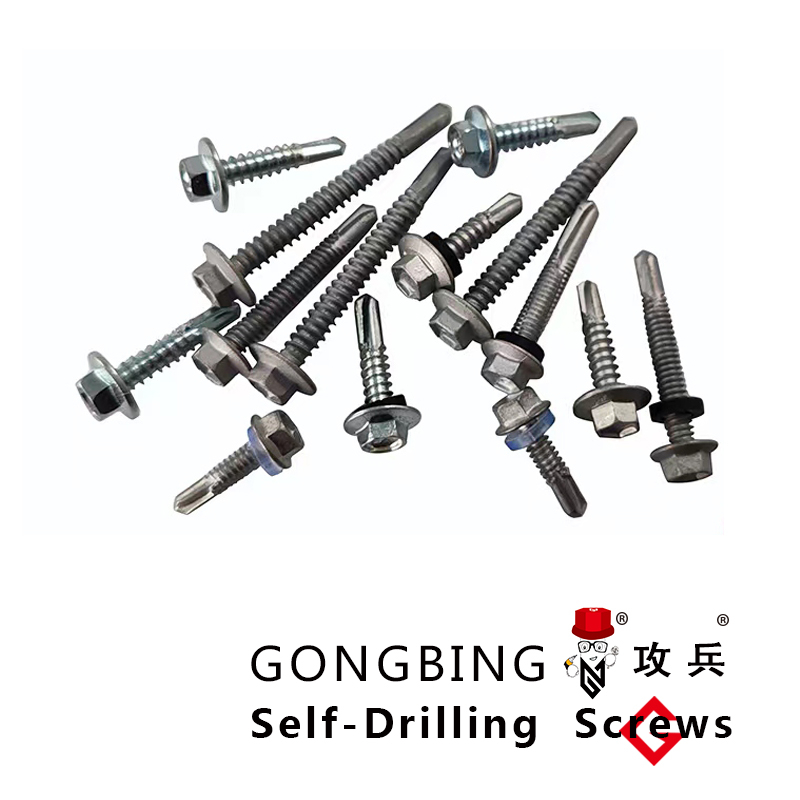bracing steel stud walls
The Importance of Bracing Steel Stud Walls in Construction
In modern construction, the choice of materials and structural design plays a crucial role in ensuring the integrity and longevity of buildings. Among various options available, steel studs have gained popularity due to their strength, durability, and versatility. One of the critical aspects of constructing with steel studs is the bracing method used to ensure structural stability and resistance to environmental stresses. This article delves into bracing steel stud walls, highlighting its importance, methods, and benefits.
Understanding Steel Stud Walls
Steel studs are thin, lightweight steel reinforcements used in constructing walls, ceilings, and other structural elements. Unlike traditional wood framing, steel studs provide superior strength, are resistant to pests, and are not susceptible to rot or warping. Consequently, they are often the material of choice in commercial and industrial applications but have recently found favor in residential construction as well.
A complete wall system generally comprises steel studs, drywall, insulation, and bracing elements to create a solid framework. The role of bracing is particularly vital, especially in areas prone to high wind loads or seismic activity, where buildings experience lateral forces that can compromise structural integrity.
The Need for Bracing
Bracing is essential for maintaining a building's overall stability. It prevents lateral movement caused by wind, seismic activity, or other external forces. Without adequate bracing, steel stud walls may suffer from buckling or twisting, leading to potential damage or catastrophic failure.
Inadequate bracing not only endangers the structure but can also pose serious risks to occupants. Therefore, understanding the various bracing methods and their applications is fundamental for architects, engineers, and construction professionals.
Methods of Bracing Steel Stud Walls
1. Diaphragm Bracing This method involves using large panels, such as plywood or metal sheets, attached to the steel studs to create a rigid plane. Diaphragm bracing effectively distributes lateral forces across the wall structure, significantly enhancing stability.
2. Cross Bracing Cross bracing employs diagonal members, often made of steel or wire, that form an 'X' shape within the wall frame. This configuration provides excellent resistance to lateral forces, ensuring that the structure remains stable under stress.
bracing steel stud walls

3. K-Bracing Similar to cross bracing, K-bracing features diagonal members that resemble the letter K. This method offers a balance between material efficiency and structural stability, making it a popular choice for modern steel stud construction.
4. Shear Walls Shear walls are vertical elements that resist lateral forces from wind or seismic activity. Typically made of reinforced concrete or similar materials, shear walls are integrated into steel stud wall designs to enhance overall rigidity and strength.
Benefits of Bracing Steel Stud Walls
The integration of bracing in steel stud walls offers numerous benefits
- Enhanced Structural Integrity Proper bracing significantly improves the wall's stability and load-bearing capacity, reducing the risk of structural failure.
- Increased Safety With effective bracing, the risk of building collapse during extreme weather events or earthquakes is minimized, ensuring the safety of occupants.
- Improved Indoor Environment Stable walls contribute to a more consistent indoor environment, reducing the likelihood of cracks, drafts, and other issues that can arise from unstable wall structures.
- Cost-Effectiveness While the initial investment in steel stud framing and bracing may be higher than traditional methods, the long-term benefits—such as reduced maintenance costs and improved durability—make it a cost-effective choice.
- Design Flexibility Steel studs and bracing methods offer architects and builders flexibility in design, allowing for more innovative and aesthetically pleasing structures without compromising safety.
Conclusion
Bracing steel stud walls is a vital element of modern construction that cannot be overlooked. As the demand for sustainable and resilient buildings grows, understanding the methods and benefits of bracing will help construction professionals make informed decisions. Investing in properly braced steel stud walls not only adheres to safety standards but also contributes to creating long-lasting, reliable structures that can withstand the test of time. It is imperative that those involved in the design and construction processes prioritize bracing to enhance building safety, comfort, and architectural integrity.
-
Wedge Anchor Bolts: Secure Fastening SolutionsNewsAug.05,2025
-
Insulation Fixings: Secure and Durable SolutionsNewsAug.05,2025
-
Full Threaded Studs: Versatile Fastening SolutionsNewsAug.05,2025
-
Expanding Fasteners: Secure and Reliable SolutionsNewsAug.05,2025
-
Butterfly Toggle Anchors: Secure and Easy to UseNewsAug.05,2025
-
Bracing Solutions for Steel StructuresNewsAug.05,2025
